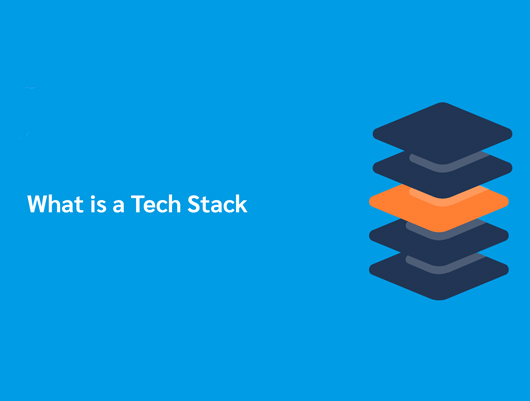No One-Size-Fits-All: Customizing Your Tech Stack for Project Needs
In the fast-paced world of software development, selecting the right tech stack can make or break a project. Just as no two projects are exactly alike, there is no universal formula for the perfect tech stack. Instead, the key lies in customizing your tech stack to precisely match your project's unique requirements, ensuring a solid foundation for success.
Why One Size Doesn't Fit All
Imagine walking into a shoe store and finding only one size of shoe available. It's clear that people have different foot sizes, just as projects have varying needs. In software development, adopting a one-size-fits-all approach to tech stacks is akin to forcing every project into the same mold – it stifles innovation, hinders growth, and often leads to frustration.

Understanding Your Project's DNA
Every project has its own DNA – a distinct blend of goals, target audience, and technical requirements. To begin the customization process, you must thoroughly understand your project's essence. What is the primary purpose of your software? Who are your users? What technical challenges do you foresee? By answering these questions, you lay the groundwork for a tech stack that aligns with your project's identity.
Components: The Building Blocks
A Tech stack is like a gourmet dish composed of various ingredients. Each component serves a specific purpose, and choosing the right ones is paramount. From frontend frameworks like React, Angular, and Vue.js to backend languages such as Python, Java, and Ruby – each choice impacts your project's performance, scalability, and user experience.
Balancing Act: Innovation and Stability
The allure of shiny new technologies can be strong, but the quest for innovation must be balanced with stability. While adopting the latest and greatest tools might seem tempting, they might lack the maturity and community support needed for a smooth development process. Striking a balance between proven technologies and carefully chosen innovations ensures a solid foundation without sacrificing progress.
Avoiding Overcomplication
In the pursuit of creating exceptional software, it's easy to fall into the trap of overcomplication. More tools and technologies don't always equate to a better product. In fact, an overly complex tech stack can lead to higher maintenance costs, longer development cycles, and increased chances of bugs. A customized tech stack should be lean, efficient, and aligned with your project's specific needs.
Embracing Flexibility
The only constant in software development is change. Your project's requirements might evolve, and your tech stack should evolve with them. Building flexibility into your stack allows for easier adaptation to new challenges. Using modular components, standardized APIs, and cloud-based services can make it simpler to swap out or upgrade parts of your stack as needed.
Crafting Your Custom Solution
Customizing your tech stack is akin to tailoring a suit – it's about creating something that fits perfectly. As you evaluate technologies, consider how well they integrate, the community support available, and how well they align with your project's long-term vision. Your goal is to ensure that your tech stack not only meets the needs of your current project but also sets you up for future success.
Conclusion
The next time you embark on a software development journey, remember that a customized tech stack is your secret weapon. By embracing the uniqueness of your project, carefully selecting components, and striking the right balance between stability and innovation, you're setting the stage for a successful development process and an outstanding end product. In a world where cookie-cutter solutions fall short, customization reigns supreme. Your project deserves nothing less.


